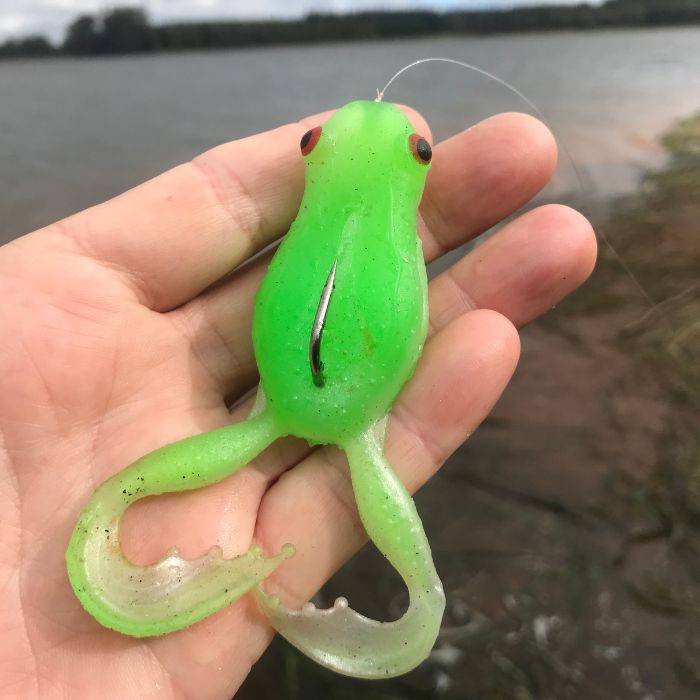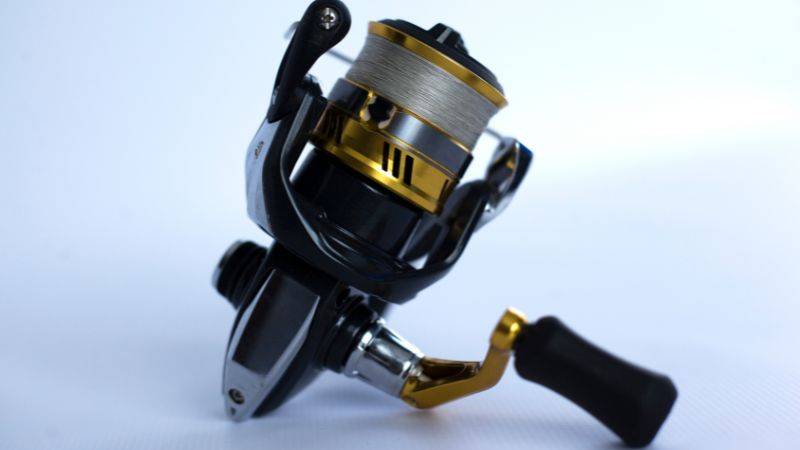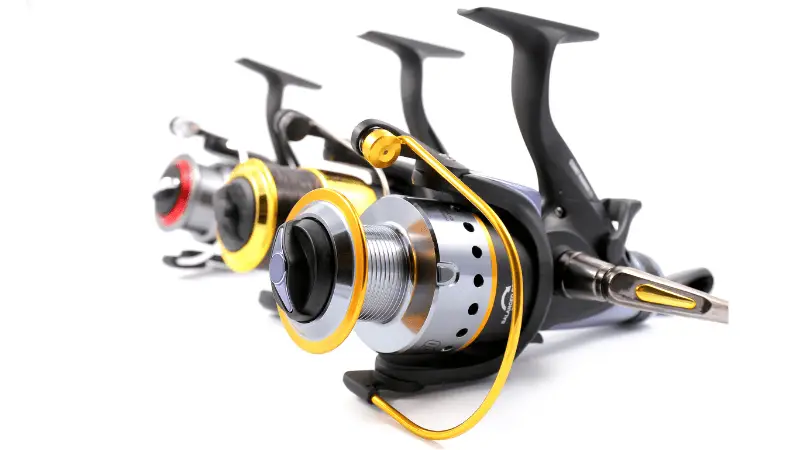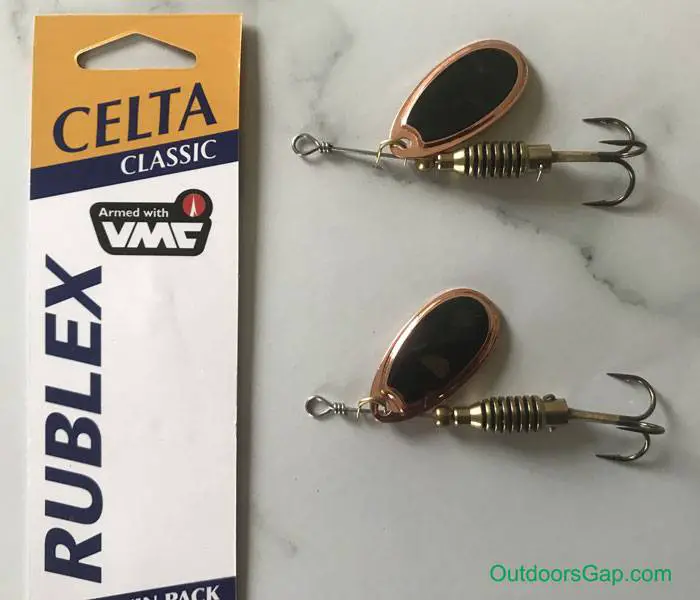
Celta fishing lures are an inline spinner design, which has been used for decades and is known for its effectiveness in catching fish.
The spinning blade on the Celta lure gives off flash and vibration, making them an attractive target for predatory fish species like trout and bass. They are versatile lures that can be used in both freshwater and even some saltwater environments, making them a popular choice for anglers of all skill levels.
The Rublex Celta spinner along with Mepps Lures, are perhaps one of the most well-known and widely used lures ever created.
In this article, we will explore the different types of Celta fishing lures available, their effectiveness in different fishing environments, and tips for using them to catch more fish. So, let’s dive in and discover the world of Celta lures!
How to Fish with Celta Fishing Lures
Choosing the Right Lure
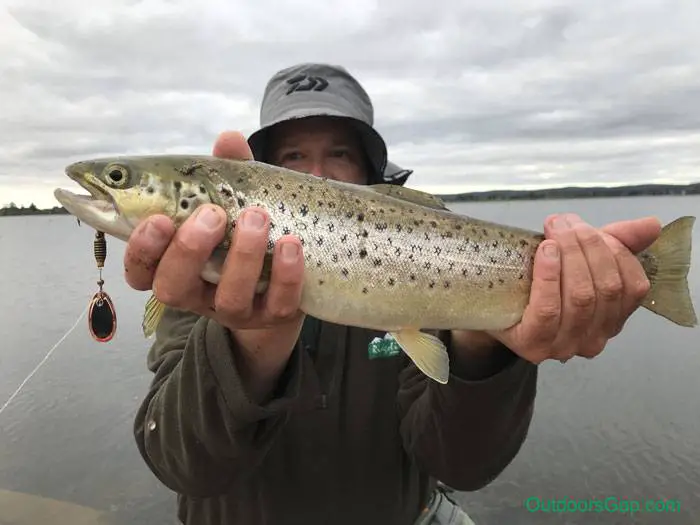
When choosing a Celta lure, consider the species of fish you are targeting, as well as the water conditions you will be fishing in.
The size of the lure matters. As larger lures are better suited for larger fish. Larger spinners are also good for fishing murky water as they make lots of vibration, noise and flash.
When the water is rougher, a bigger spinner can also make it stand out.
Use smaller size lures for smaller fish. Small lures can also be effective for calm and clear water conditions when fishing, as a big lure can scare some timid fish.
For deep water or strong river currents, go with a heavy inline spinner. Some versions will have a narrower blade and body that can help it sink quicker than a wide blade spinner.
For smaller trout, the Rublex Celta Classic Spinner in size #1, #2, is a good choice. For medium size or bigger trout waters, then a size #3 or bigger might be worth casting.
This article might also be helpful – How to Fish Mepps Lures: Techniques and Fishing Tips
Lure Retrieval Techniques
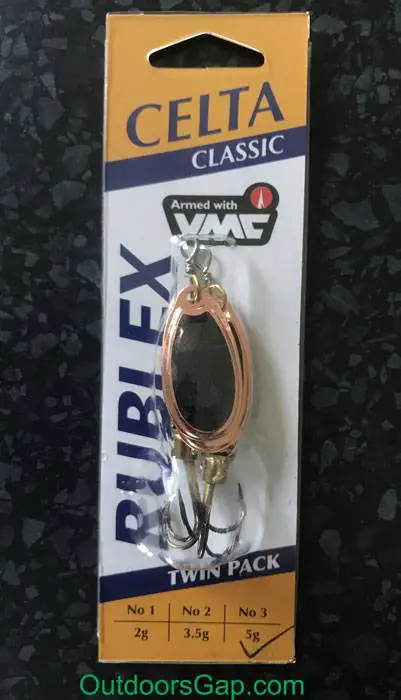
The speed of the retrieval will depend on the species of fish you are targeting, weight of your lure and the water conditions.
As an example, in shallow water, once the lure hits the water, begin retrieving it by reeling in the line. Otherwise, the lure can get snagged on the bottom if it sinks for too long.
If you wind a heavy lure too slow, it can snag on the bottom.
By winding the lure too fast, the lure will work the top section of the water column and you might miss where the fish are actively feeding. So, one idea is to have a few casts working the top water. (You will normally see fish like trout rising if they are close to the surface feeding.)
If you have no luck, then let the lure sink deeper and try midwater and then close to the bottom to find the fish.
A slow and steady retrieval is often effective for trout, while a faster retrieval may be needed for larger fish such as bass. Experiment with different retrieval speeds and techniques to find what works best for you.
Casting Techniques
To cast a Celta lure, start by holding the rod with both hands and pulling the rod tip and lure back behind you. Then, quickly move the rod forward and release the lure, allowing it to fly through the air and land in the water. Before you cast though, look above and behind for any tree limbs or obstacles that you might get snagged on.
On spinning reels (or known as egg beater fishing reels) remember to flip the wire bail over before you cast. Hold the line with your rod hand index finger.
(I’m embarrassed to tell you the number of times I have forgot to flip the bail over on the reel, when casting. Especially if I am excited to see fish feeding.)
Always try and cast near structure as this might provide cover and food for fish like trout. If you are fishing from a boat, use a depth sounder or fish finder to locate the fish and structure.
For land based angling and kayak fishing, also look for features and structures where fish are likely to be. Such as near rocks, logs, weed beds, piers, deep channels, rock walls, points, undercut ledges, pylons or other structures in the water.
If you want to cast out further and cover more water, a heavier lure might be worth putting on.
Braided fishing line can help you get extra casting distance, but can also get tangled easy. For beginners it is recommended to just stick with normal light monofilament fishing line for a start when spin fishing.
For fishing at dusk, dawn and nighttime fishing, try shallow bays as fish like trout go into the shallow and search for food.
Tips for Using Celta Fishing Lures
Lure Color Selection
Choosing the right color for your Celta fishing lure can make some difference when it comes to attracting fish. The best color choice will depend on the type of fish you are targeting and the water conditions. In general, brighter colors like chartreuse or fluro bright colors work well in murky water. Black and purple lures have a dark silhouette and can also work well in dirty water.
Put some fish attractant scent on it as well to help increase your chances when fishing.

The Rublex Celta copper and black lure has black on a copper blade that works in muddy water.
For spooky fish and clear water we like silver or gold colored blades on the small Celta’s.
Experiment with different colors to see what works best for you, but remember lure color is only a small part of the fishing puzzle.
You might have the best lure color in the world, but it is no good if the fish aren’t there. (As an example, casting high in the water column in the middle of a deep lake. But the fish are feeding close to the bottom near structure.)
Water Conditions
The water conditions you are fishing in will also play a role in how effective your Celta fishing lure is.
If the water is choppy or rough, a larger and heavier lure may be more effective. Also for casting into the wind, a heavier spinner will cast better.
In calm water, a smaller and lighter lure may be more effective.
Pay attention to the water conditions and adjust your lure accordingly.
Seasonal Fishing Considerations
The time of year can also impact the effectiveness of your fishing.
This will depend in what part of the United States (or world) you are in, such as fishing in Texas, compared to Alaska fishing. But in the spring and fall, when the water is cooler, fish tend to be more active and may be more willing to strike at a lure.
In the summer, when the water is warmer and less oxygen in the water, fish may be more sluggish and less likely to strike. Adjust your fishing technique accordingly and try using a slower retrieve in warmer water. Try fishing in the cooler parts of the day, like dusk and dawn. Also fish deeper spots in lakes and river where the fish might find cooler water and thermoclines.
Additionally, consider the type of fish you are targeting and their seasonal habits. For example, if you are targeting trout in the spring, using a fishing lure that mimics a small bait like and insect might be effective.
FAQs
What are Celta Fishing Lures?
Celta fishing lures are a type of inline spinner that is designed for freshwater fishing. They are known for being an effective lures for catching rainbow trout and brown trout, but they can also be used for other freshwater fish species such as perch, panfish, musky, salmon and bass.
The lure can be casted or trolled. You can even jig them up and down vertically in the water column. Although sometimes the treble hook gets caught on the fishing line.
Celta inline spinner are unique because it has an anti-line twist device built into the body, which rotates on the shaft. This design helps to prevent the line from getting tangled and twisted, which can be a problem with other types of inline spinners. (Especially if you are trolling the lure.)
The lure also has a metal body, resembling the shape of a bottle with a few grooves, and an attractive spinning blade, making noise and flash in the water.
They are typically made from high-quality materials that are durable and long-lasting, making them a great lure for any anglers.
Rapala who makes the famous Rapala lures, also has Blue Fox Lures and Celta Lures brands under their umbrella company.
What Weight Are The Celta Rublex Spinners?
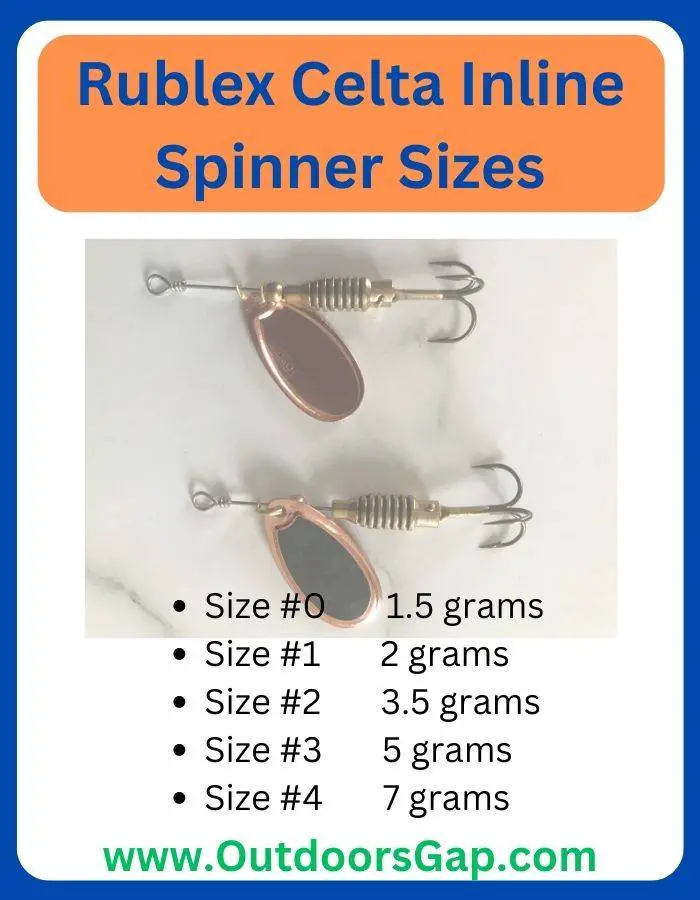
Celta’s come in a variety of sizes, allowing anglers to choose the best option for the type of fish they are targeting and the conditions they are fishing in.
- Size #0 5 grams.
- Size #1 2 grams.
- Size #2 5 grams.
- Size #3 5 grams.
- Size #4 7 grams.
Celta Fishing Lure Features
Design
The Rublex Celta Fishing Lure is a simple inline spinner with a bottle-shaped body that has a few grooves. The spinner features a sharply cut and tapered upper part of the body, which sets it apart from standard spinners. The body and the blade both spin, creating a lot of vibration that helps attracts fish.
Materials
The Rublex Celta Fishing Lure is made of high-quality materials that ensure its durability and effectiveness. The body of the lure is made of brass, which is a strong and corrosion-resistant material. The blade is made is also durable and resistant to rust and corrosion. The lure’s components are carefully selected and assembled to ensure optimal performance.
Caring for Celta Fishing Lures
Cleaning and Maintenance
Proper cleaning and maintenance can help prolong the lifespan of your Celta lures and any lure for that matter.
After each use, ideally rinse the lure with freshwater to remove any dirt, debris or saltwater that may have accumulated on it. (I should listen to my own advice, as I just throw them back into the tackle box / tray. But I should clean then now and then, especially in brackish water or saltwater.)
If the lure is particularly dirty, use a soft cloth or brush to scrub the lure and make sure to rinse it thoroughly with freshwater afterwards.
Inspect the hooks for any signs of damage or rust, and replace them if necessary.
Keeping the hooks sharp can also increase your chances of catching fish. You may also apply a small amount of lubricant to the blades to prevent rust and ensure they spin smoothly.
(Some anglers are weary of the strong smell like WD-40, so use sparingly, or apply some fish scent to the lure as well.)
Lure Storage
Proper storage can also help prolong the lifespan of your fishing lures as well. After cleaning, make sure the lure is completely dry before storing it. You may use a soft cloth to pat it dry or leave it to air dry.
Store the Celta lure in a cool, dry place away from direct sunlight and heat sources. You may also use a tackle box or organizer to keep your lures organized and prevent them from getting tangled or damaged.
It is also important to store your lures separately from other metal objects, or even some soft plastics, as they can melt over the lure. For more information, visit – How To Store Your Fishing Soft Plastics.
By following these simple cleaning and storage tips, you can help ensure that your fishing lures remain in good condition and continue to catch fish for years to come.
Summary
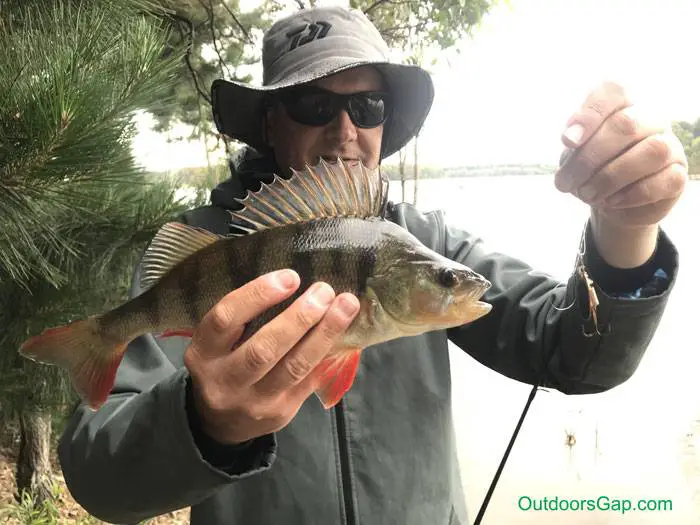
For those looking to catch freshwater fish species such as trout, panfish, perch and bass, Celta fishing lures are a very popular choice. They come in a wide range of sizes and colors.
The Rublex Celta’s are versatile and can be fished a number of ways and for different freshwater species. Inline spinners are a proven lure and the Celta brand will continue to put fish on the table for anglers who use them.
These other articles and resources that might be helpful as well: Inline Spinners
Yakima Bait Rooster Tail Spinners

